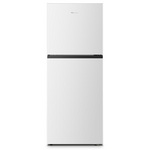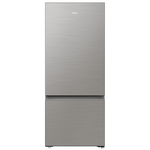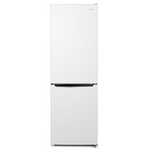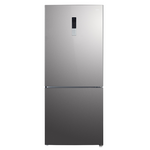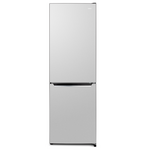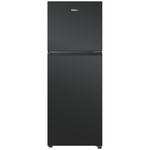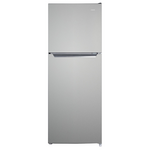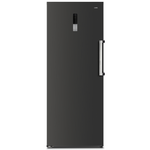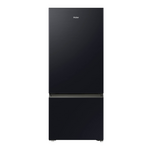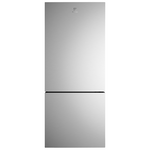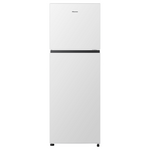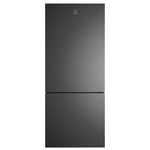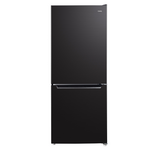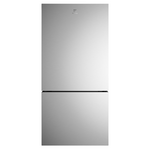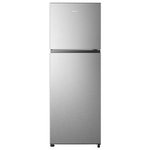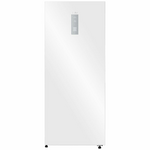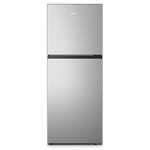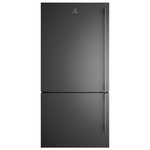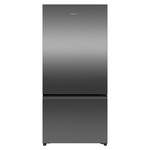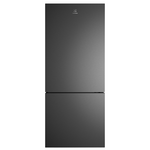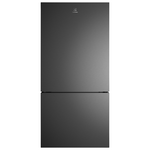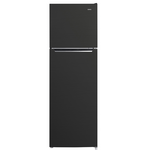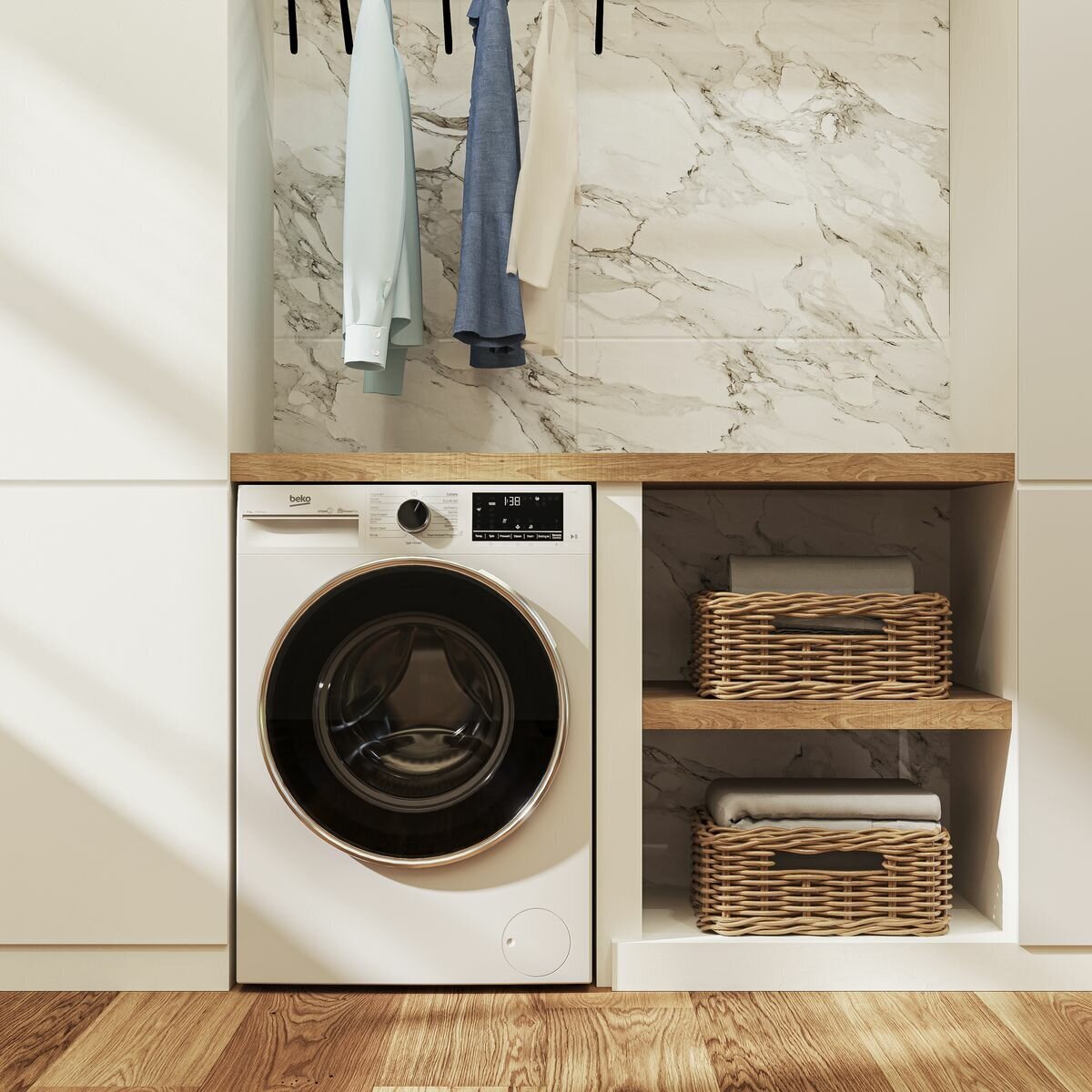
Kitchen
All things cooking, cleaning, chilling and more for the hard-working heart of your home.
KITCHEN | 13 FEBRUARY, 2025
7 MIN READ
How many Energy Stars can fridges have in Australia?
Higher stars can mean lower running costs
When you buy a new fridge, the upfront cost is one consideration, but the ongoing costs are another. As one of the few home appliances that stays on non-stop, day and night, you'll want to factor energy efficiency into your buying decision.
A more energy efficient fridge has the potential to save hundreds of dollars in running costs over its lifetime, while also reducing your home’s carbon emissions. A quick way to gauge a fridge’s energy efficiency is by checking how many energy stars it has - but that doesn’t tell the whole story.
Let's dive into what you need to know about energy efficient refrigerators.
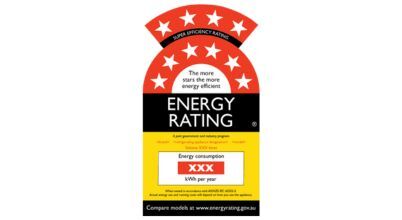
In Australia fridges can have energy ratings of up to 10 stars, but most have fewer than six
Understanding energy star ratings
A lot of household appliances are given energy ratings by the Australian Government. The more stars, the more efficient the appliance, compared with other appliances of similar size and specifications. For example, a 400 litre capacity fridge with five stars is more energy efficient than an almost identical fridge with three stars.
The energy rating label has evolved from the traditional 6-star maximum to now include up to 10 stars for certain appliances, including fridges. The additional four stars represent a ‘super efficiency’ rating for technologically advanced models - but there are currently very few fridges available with more than six stars.
Size and efficiency
A fridge's size doesn't always directly correlate with its energy consumption. While you might expect larger fridges to use more energy, this isn't always the case. Thanks to advances in technology like efficient inverter compressors, superior insulation, and improved design, some larger fridges can use less energy than smaller models.
For example, a new 600 litre French door fridge with high-efficiency features might use less energy than an older or less efficient 400 litre top mount model. This is why it's crucial to check the actual energy consumption (see below).
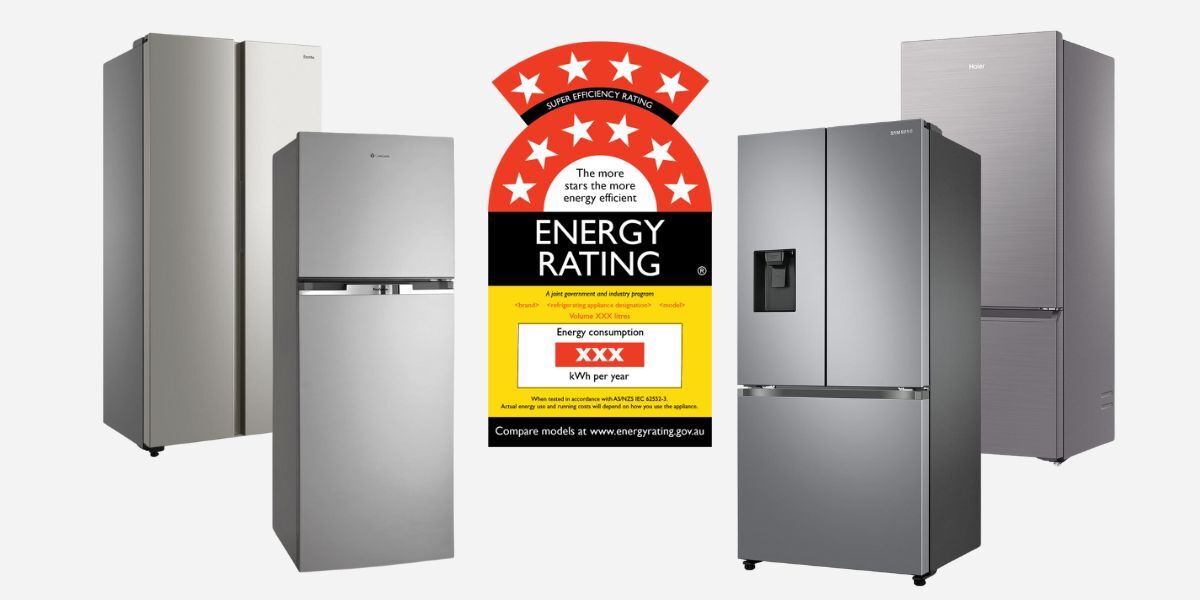
Fridges generally use between 200 and 600 kWh per year, depending on size, compressor type, features and how they are used
How much energy does a fridge use?
Fridges vary considerably in their energy use, with energy consumption measured in kilowatt hours (kWh) per year. You'll find this number clearly displayed alongside its energy star rating.
Most modern refrigerators use between 200 and 600 kWh per year. This averages out to about 23-69 watts of power per hour - though the actual energy consumption varies considerably as the compressor cycles on and off throughout the day, typically running about 40-50% of the time. When running, the compressor might draw 100-400 watts, but then cycle off completely, resulting in this lower average power consumption.
A typical 400-litre energy efficient fridge might use around 300 kWh annually, while a less efficient model of the same size could consume 450 kWh or more.
A fridge's daily energy use varies based on:
The ambient temperature (it works harder on hot days)
How often you open the door
The quality and condition of the insulation and door seals (better insulation means less energy needed to maintain temperature)
Whether the compressor is an inverter type (these adjust their power use based on cooling needs)
The temperature settings you choose
Whether the fridge has additional features running, like water filter/dispenser and ice maker.
Look for fridges with more energy stars

Energy efficiency just makes cents
As you’d expect, running costs vary significantly between similar capacity fridges with different energy ratings. At an average electricity rate of 30 cents per kWh (typical in Australia), that 400-litre fridge with a high energy star rating might cost around $100 per year to run compared to the $150 for the less efficient model of the same size.
This difference in running costs of around $50 a year can add up over the typical 10-15 year lifespan of a fridge - so it could be worthwhile spending an extra couple of hundred dollars to buy a model with an additional energy star or two.
New vs Old: Is it time to upgrade?
If you're weighing up whether to replace your old fridge, consider this: newer models generally use less energy thanks to improved technology like better compressors and more efficient inverter systems. However, if your current fridge is only a few years old and has a reasonable energy star rating, but you need more fridge space and plan to upgrade to a larger model with a similar star rating, you might find that your energy consumption has increased.
Every fridge for sale on Appliances Online displays the energy star rating, the energy consumption (kWh/annum) and the average annual running cost in dollars, so it’s easy to compare a shortlist of fridges and predict the difference in ongoing electricity costs over the next few years.
Tips for maximum efficiency
Once you’ve bought your new fridge there are a few things you can do to maximise its energy efficiency.
Keep your fridge away from direct sunlight and heat sources like ovens and dishwashers. It will have to work harder to maintain its temperature if it's fighting against external heat.
Maintain good temperature control by setting the fridge to between 3-5°C and the freezer to -18°C. Setting it colder than necessary wastes energy without providing any benefits to food storage.
Check and clean door seals regularly to prevent cool air escaping and stop the build up of crumbs and residues that can compromise the seal. You can test the seal by closing the door on a piece of paper - if it slides out easily, the seal may need replacing.
Poor ventilation makes the compressor work harder and less efficiently, so ensure there’s at least 5cm clearance at the sides and back, and 10cm at the top for heat to be effectively expelled.
Making the right choice
While the most energy efficient refrigerators might cost more upfront, the long-term savings on energy bills can make them a smart investment. Just remember to:
Compare similar-sized models when looking at energy ratings otherwise you won’t be comparing apples with apples
Buy a fridge that’s the right size for your needs and has only features you’ll use: there’s no point in paying to cool empty shelves or make ice you don’t use.
Look at the annual running costs, not just the energy star rating.
Check if your State or Territory Government subsidises purchases of energy efficient appliances. You may find that you can get a rebate for upgrading to a high energy star rated fridge.
Whether you're looking at a modest bottom mount fridge or a feature-packed side by side, factoring in energy efficiency can help you make a choice that's good for both your wallet and the environment.
Get your fridge fast, with Free Next Day Delivery*
Appliances Online can get your new fridge to you sooner. We deliver top and bottom mounts, French doors, side by sides and thousands of other new appliances to 95% of Australia’s population for free with Appliances Online's legendary FREE delivery - and we can usually get it to you by the next day (Mon-Fri). We even offer paid Same Day Delivery in NSW, QLD, and VIC metro areas if you order before 12pm on weekdays.
Plus, we’ll take your old fridge away for you for free, diverting it from landfill for safe recycling. Check out our full range of fridges here, or if you need some tips for choosing the most energy efficient fridge for your home, call our friendly team 24/7 on 1300 000 500, or message us via the chat icon at the bottom of your screen.

Oli is Appliances Online's editor and blogger, with almost two decades of lifestyle-related writing and editing to his name. With a mission to help you buy better and live smarter, his brand loyalty will forever belong to the appliance manufacturer that develops a self-emptying dishwasher.
Latest Articles
ECO & SAVE
12 DECEMBER 2025
Winning Group wins Banksia Sustainability Award 2025
For leadership in the circular economy
HOME LIVING+
9 DECEMBER 2025
The best of the best: Our most popular appliances in 2025
Popular picks for the kitchen, laundry and home.
HOME LIVING+
9 DECEMBER 2025
Buying a Beko – What customers think
A lower price point and longer warranty aren't this brand's only strong points.
LAUNDRY
9 DECEMBER 2025
10 of the most popular top load washing machines in Australia 2025
Prefer a top loader but not sure which to pick? Let us help
More Like This
ECO & SAVE
12 DECEMBER 2025
Winning Group wins Banksia Sustainability Award 2025
For leadership in the circular economy
HOME LIVING+
9 DECEMBER 2025
Buying a Beko – What customers think
A lower price point and longer warranty aren't this brand's only strong points.
LAUNDRY
9 DECEMBER 2025
10 of the most popular top load washing machines in Australia 2025
Prefer a top loader but not sure which to pick? Let us help
